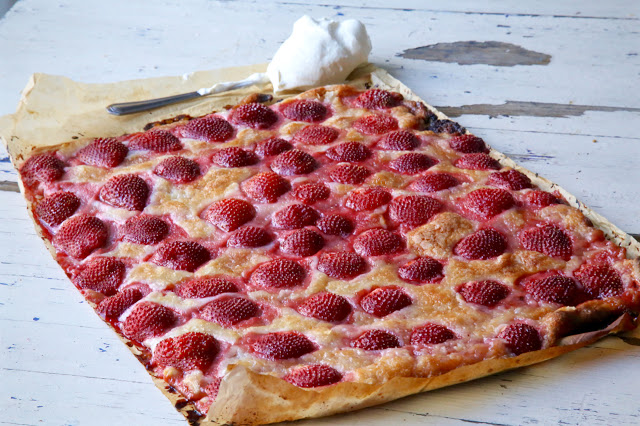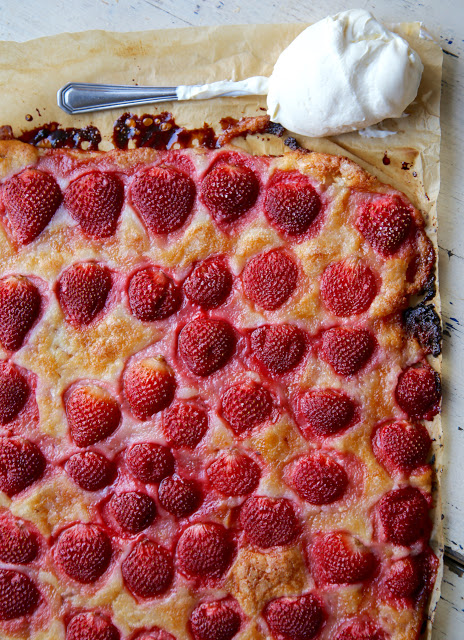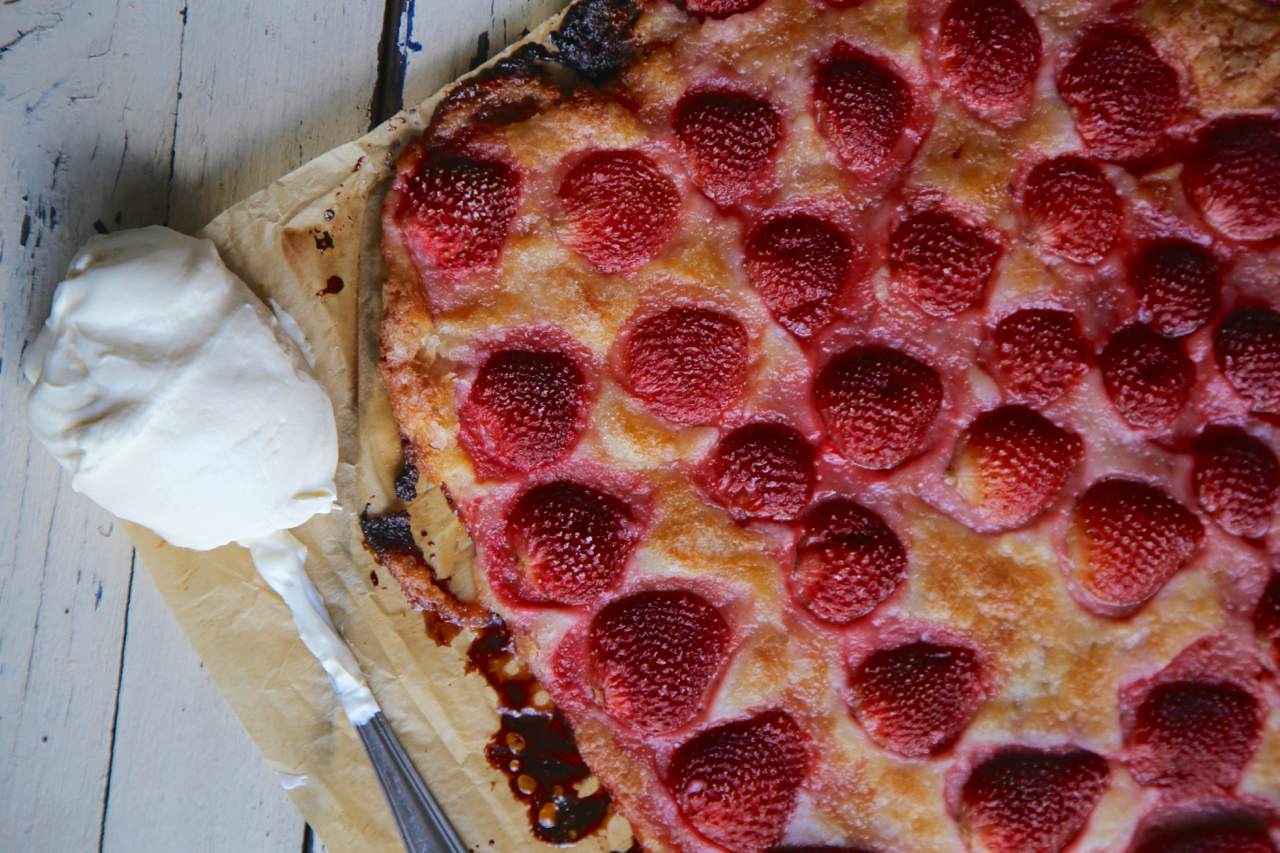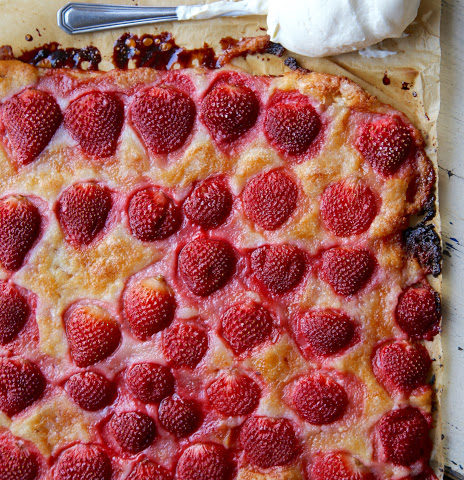[twitter style=”horizontal” float=”left”]
[fblike style=”standard” showfaces=”false” width=”450″ verb=”like” font=”arial”]

There has always been a close relationship between Champagne and the British. We are their biggest export market, buying almost a quarter of their output. The UK expenditure on Champagne is 75% more than the next biggest market, the United States – we buy over 30 million bottles a year!
But have you tried British wine yet? The most popular and award-strewn British wine is sparkling, although Chapel Down in Kent are making some marvellous non-sparkling wines. English sparkling wines are beating French Champagnes in blind tastings (but we aren’t allowed to use the word ‘Champagne’).
To be more accurate, it’s English wine and a few Welsh ones. Global warming hasn’t yet got to the point where we have vineyards in Scotland – but we can’t rule it out for the future.
Climate change is the reason that French Champagne houses are buying up land in England, and recently Tattinger bought land in Kent to produce their own label British sparkling wine.
Vines like to struggle a bit – they thrive on hardship. The land in Champagne is not very fertile but it is the most expensive real estate on the planet. The same (poor, chalky) soil that you will find in the Champagne region flows under the channel to Sussex, hence our ideal growing conditions.
There is an argument to say that the British invented “Champagne” – originally Champagne wine was flat. In the 16th century, Sir Robert Mansell worked with coal to produce a stronger glass, one that would withstand carbonation. In the early 17th century, cider makers in Britain produced effervescent cider by adding sugar. Champagne was officially ‘invented’ by Dom Perignon in 1693.
Another historical tidbit: Champagne was originally sweet. It was the British who had a taste for ‘brut’ or very dry Champagne. Still today in France, you can buy Champagne on a scale of sweetness: from ‘doux’ to ‘demi-sec’ to ‘brut’ and ‘extra brut’. When I have dinner with friends in France, they tend to drink Champagne with dessert rather than as an aperitif.
All of this adds up to a healthy legacy for the British to produce their own fantastic sparkling wines. WineTrust is stocking two interesting sparkling wines from Britain right now:
- 2010 Henners Brut Reserve £28 from East Sussex
- Hambledon Classic Cuvée NV £28 from Hampshire
The slightly flinty English sparkling wines will go a treat with this recipe.

Strawberry Tarte Fine Sucrée with Ricotta
This recipe takes about half an hour to make, including cooking time! It’s very easy, very cheaty and delicious.
A ready roll of sweet pastry
250g ricotta
150g caster sugar
1 tsp of vanilla paste
400g strawberries, destemmed and sliced in half lengthways
300ml of double cream for serving.
- Preheat your oven to 180ºc.
- Spread out the roll of sweet pastry, keeping it on the baking parchment that comes with it in the pack.
- Mix the ricotta with 100g of sugar and the vanilla. Spread it over the pastry right to the edges.
- Place the strawberries cut side down all over the pastry. Sprinkle the last 50g of sugar over the strawberries. (This will make it extra jammy.)
- Place on a baking sheet and bake for 20 minutes.
- Serve hot or cold with double cream.
Oh, and did you know that drinking three glasses of Champagne a week will help stave off dementia?
Note: although I possess a collection of ‘coupe’ style vintage Babycham glasses, the best glass from which to drink sparkling wine is a flute, which preserves the bubbles.
Want to read more on Champagne? Try my post on ‘Champagne for Dummies’ or when I went for lunch at the house of ‘Champagne widow Duval-Leroy’.

[twitter style=”horizontal” float=”left”]
[fblike style=”standard” showfaces=”false” width=”450″ verb=”like” font=”arial”]

